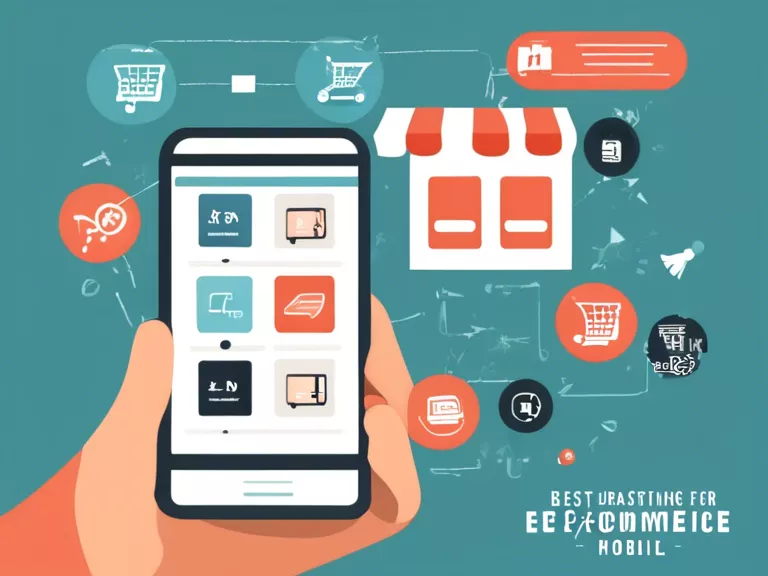
How to Use A/B Testing to Optimize E-commerce Landing Pages
E-commerce businesses rely heavily on their landing pages to convert visitors into customers. A well-designed landing page can significantly impact the success of an online store. A/B testing is an essential tool that can help e-commerce businesses optimize their landing pages to improve conversion rates. By testing different versions of a landing page with A/B testing, businesses can identify what works best for their target audience and make data-driven decisions to increase sales and revenue.
What is A/B Testing?
A/B testing, also known as split testing, involves comparing two versions of a webpage to determine which one performs better in terms of conversion rates. One version (A) is usually the current version, while the other version (B) includes changes or variations. By randomly showing each version to visitors and tracking their interactions, businesses can measure the impact of specific design elements, copy, or layout changes on conversion rates.
How to Conduct A/B Testing on E-commerce Landing Pages
- Identify goals and metrics: Before starting A/B testing, define the goals you want to achieve and the key metrics to track, such as conversion rate, bounce rate, and average order value.
- Create variations: Develop different versions of your landing page with changes to elements like headlines, images, calls-to-action, and layouts.
- Split traffic: Use an A/B testing tool to split your website traffic evenly between the two versions of the landing page.
- Measure results: Monitor key metrics and analyze how each version of the landing page is performing in terms of conversions.
- Implement changes: Based on the results of the A/B test, implement the changes that led to higher conversion rates on the winning version of the landing page.
By consistently testing and optimizing e-commerce landing pages with A/B testing, businesses can improve user experience, increase conversion rates, and ultimately drive more sales and revenue.



